This summer, garden centers and online platforms are seeing record demand for plants drought resistant et low maintenance. A trend driven by global warming, urbanization and the search for a more ecological life. Among these species, sedum, lavender, euphorbia and thyme dominate sales, offering a sustainable alternative to traditional grass.
Drought-resistant plants, a summer trend
Sedum, lavender and euphorbia: species suitable for hot climates
THE bowsuma succulent plant, it stands out for its ability to store water in its fleshy leaves, allowing it to survive prolonged periods of drought. Ideal for rock gardens or in pots, it blooms generously in summer, attracting pollinators.
THE lavenderknown for its scent and purple flowers, it adapts perfectly to poor soils and dry climates. Its minimal maintenance (annual pruning) makes it a safe bet for busy gardeners.
THE’euphorbiain particular the euphorbia milii (Christ’s thorn), seduces with its colorful flowers and its compact shape. Native to Madagascar, it tolerates forgetting to water and thrives both indoors and outdoors, as long as there is good sunlight.
Turkish bindweed, a graphic alternative
Less known, the Turkish bindweed gaining popularity due to its silver leaves and delicate white flowers. Compared to the “Brad Pitt of the scrub” for its aesthetics, it resists high temperatures and dry soils, while bringing a modern touch to gardens.
Ground cover plants, an ecological alternative to grass
Clover and thyme: solutions for shaded areas
THE cloveroften overlooked, it turns out to be a precious ally. Its rapid growth allows it to colonize bare areas, smothering weeds and enriching the soil thanks to its ability to fix nitrogen. Although less resistant to trampling than grass, it adapts to partial shade, an advantage for spaces under trees.
THE creeping thymefor its part, it forms a dense and aromatic carpet. Its heady scent and drought resistance make it a popular alternative for paths or borders. However, its attraction to bumblebees may discourage its use near relaxation areas.
Advantages and limitations of ground cover plants
Advantages :
- Reduced maintenance : No mowing, fertilizing or intensive irrigation.
- Biodiversity : Attract pollinators and strengthen the local ecosystem.
- Water saving : Adapted to water restrictions, they reduce consumption.
Limits :
- Resistance to trampling : Less efficient than grass, they are more suitable for low-traffic areas.
- Shadows : Thyme, for example, stagnates in the absence of direct light, unlike clover.
The rapidly expanding market of maintenance-free systems
Sedum and euphorbia: best-sellers in garden centers
THE bowsum dominates sales thanks to its versatility: it adapts to rock gardens, hanging pots or green roofs. Its success is explained by its ability to thrive even in poor soil and drought conditions.
THE’Euphorbo Miliusfor its part, interior enthusiasts like it. Its compact habit and persistent flowers make it an ideal houseplant, especially for beginners. Its minimal maintenance (moderate watering, annual pruning) makes it a Mother’s Day must-have.
Thyme and clover: choices for urban spaces
In cities, where green spaces are often limited, the thyme and the clover are gaining popularity. Thyme, in particular, is recommended for balconies or terraces, where it forms an aromatic carpet resistant to winds and extreme temperatures.
THE cloverfor its part, it is appreciated for the shaded areas of courtyards or gardens. Mixing it with other species (like thyme) creates a lawn diversifiedmore resistant to disease and bad weather.
Production and distribution challenges
The growing demand for these facilities poses logistical challenges. Producers must adapt their crops to new expectations while ensuring constant availability. Sedums and euphorbias, for example, require early planting to meet summer demand.
Experts recommend species diversification
Mix species to strengthen the ecosystem
Professional gardeners emphasize the importance of diversify species in the meadows. A grass monoculture, for example, is more vulnerable to diseases and insects. By integrating clover, thyme or sedum, we create a balanced ecosystem, capable of self-regulating.
Prefer plants suitable for shade
In shaded areas, the clover proves to be particularly effective. Unlike thyme or sedum, which require direct sunlight, it thrives under trees, where other ground covers fail.
Avoid excessive watering and fertilizing
A common mistake is to overwater these plants, thinking that they need water. In reality, sedum or euphorbia prefer dry soil between waterings. Chemical fertilizers should also be avoided: these plants thrive better in poor soil, enriched with natural compost.
Prospects for the future of maintenance-free systems
Innovations underway to meet demand
Breeders work to improve the characteristics of these plants. More compact and trampling-resistant varieties of sedum or thyme could emerge, responding to the needs of urban spaces.
A trend that falls within an ecological logic
The craze for these plants reflects a environmental awareness growing. By reducing the use of water and chemicals, they contribute to a more sustainable gardening model. Their massive adoption could help mitigate the effects of heat waves and preserve local biodiversity.
Conclusion : Maintenance-free systems are no longer a simple gadget, but a concrete response to climate and urban challenges. Whether it is a balcony, a garden or a terrace, they offer an ecological and aesthetic alternative to the traditional lawn. Even though the summer promises to be hot, these species promise to remain essential for years to come.
latest posts published
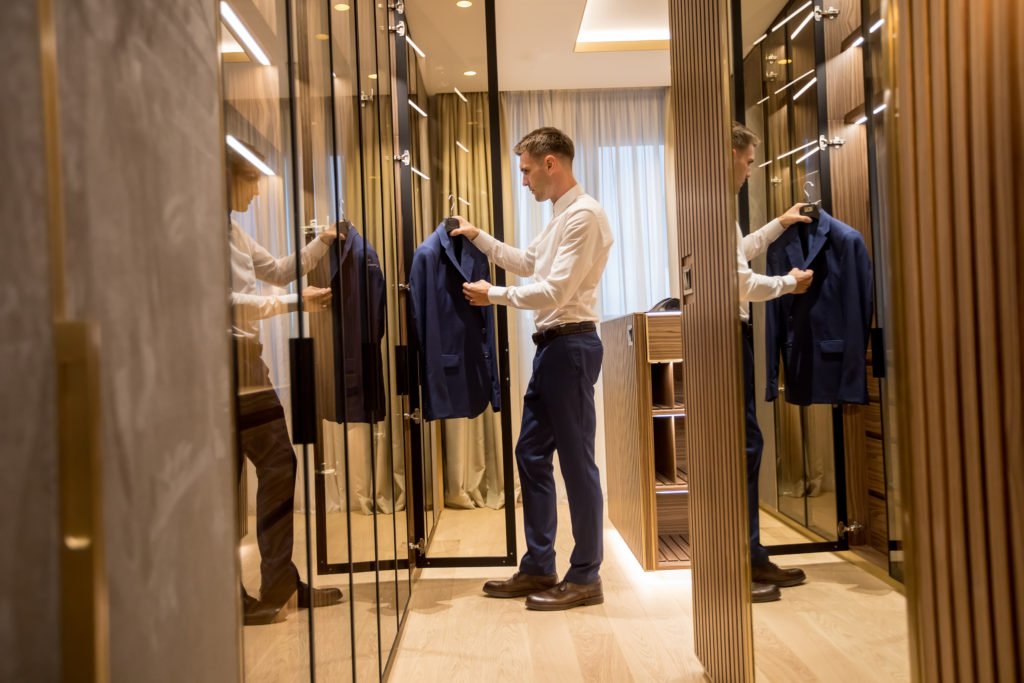
How to set up a wardrobe in your apartment: tips and advantages
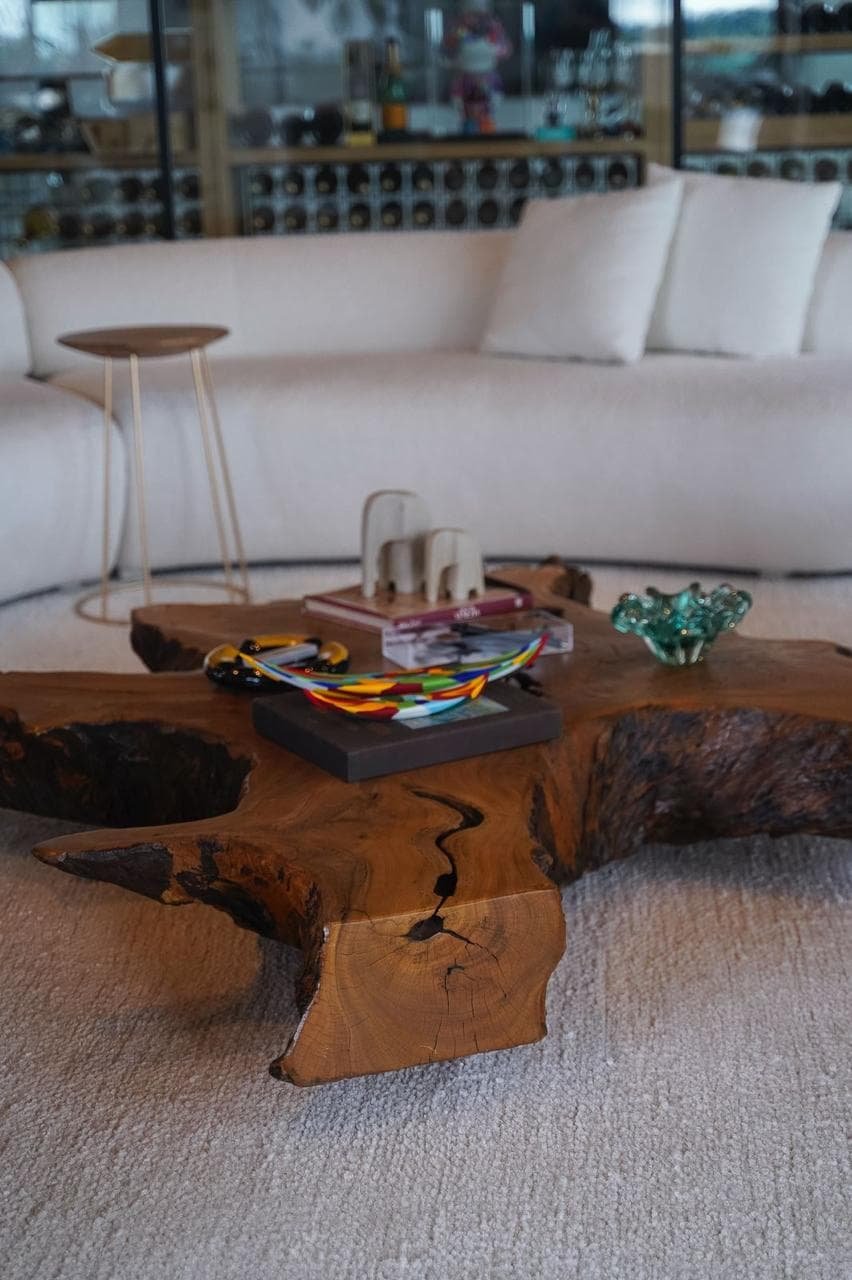
Discover the sophisticated furnishings of Progetto Decor
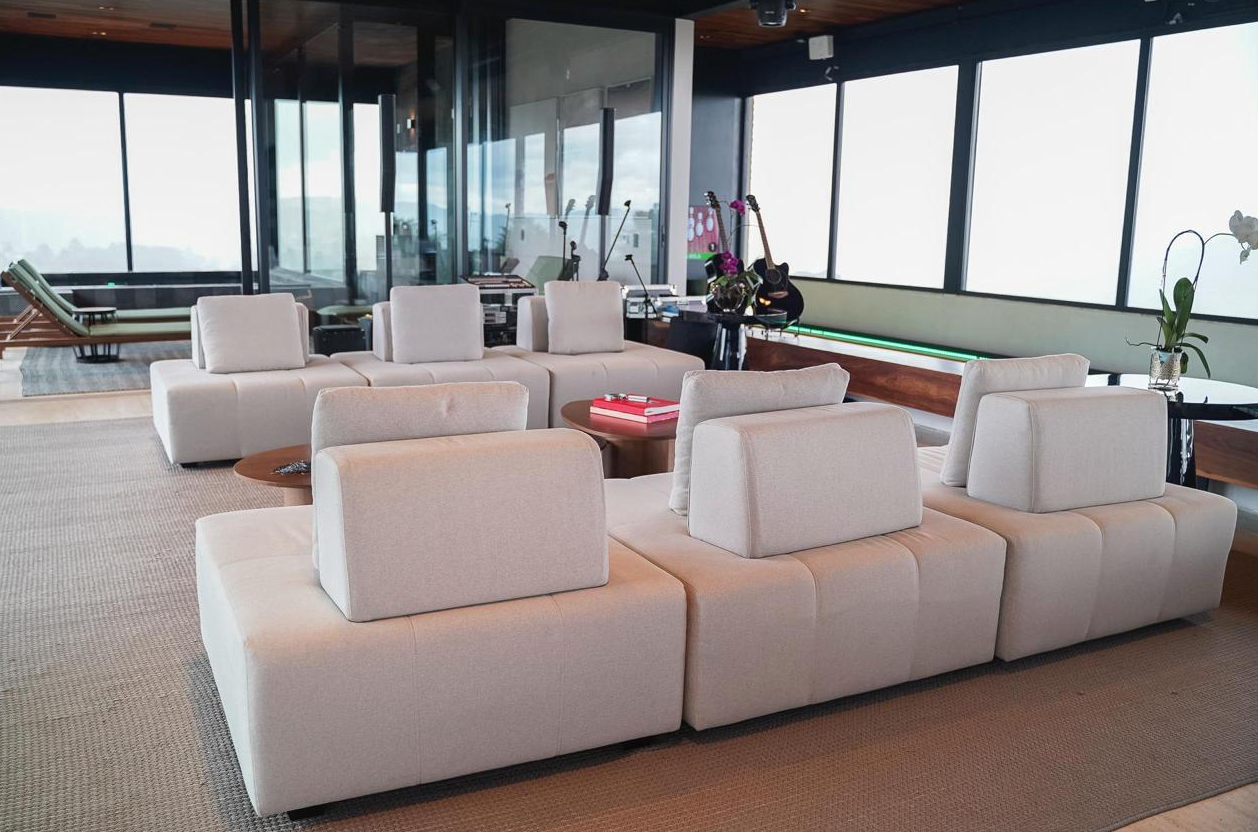
Luxury design: the balance between comfort, elegance and functionality

Discover the luxury furnishings of Progetto Decor

Garden in the apartment: discover the advantages
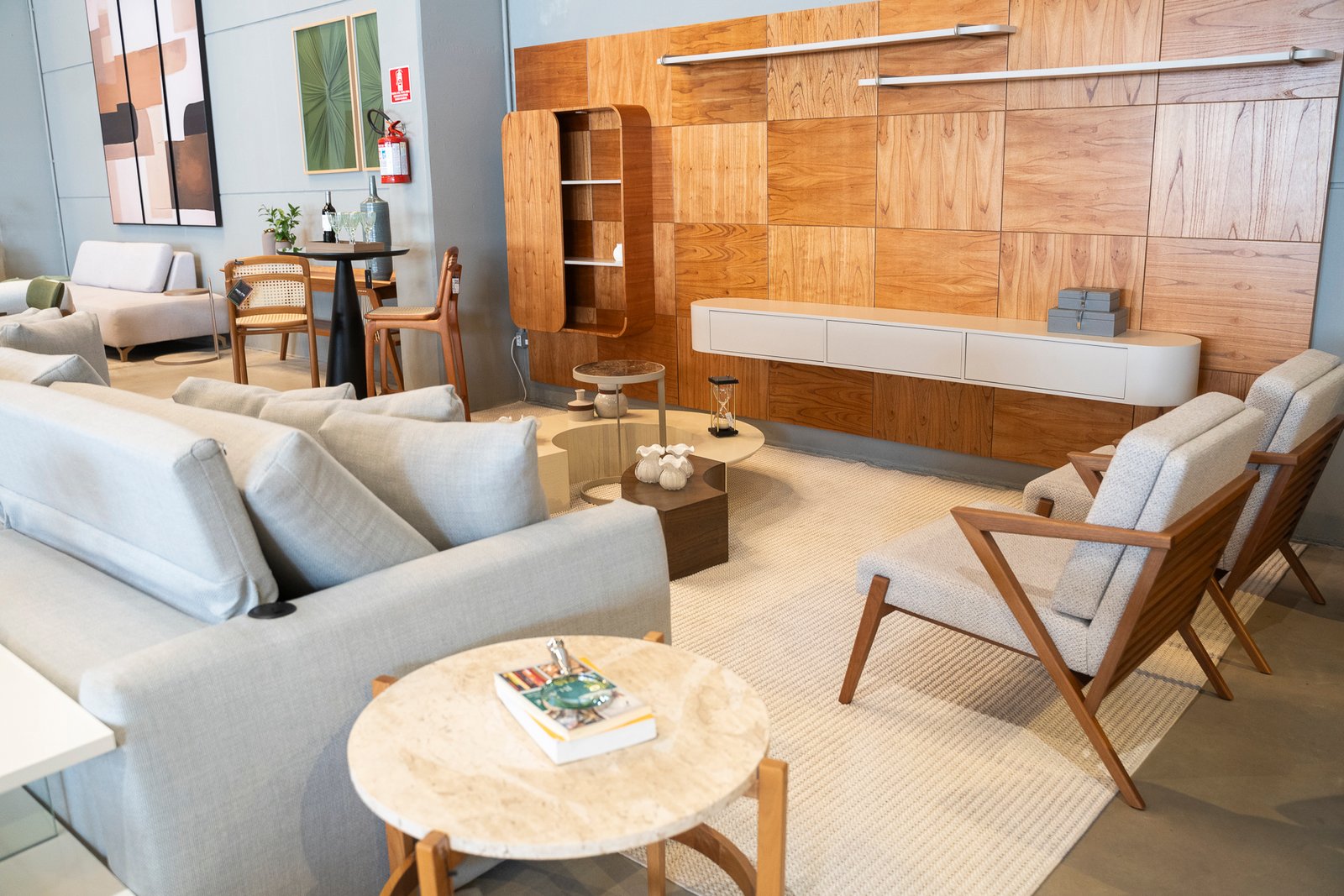
Discover Progetto Decor’s line of custom-made luxury furniture

The main tips for creating integrated environments
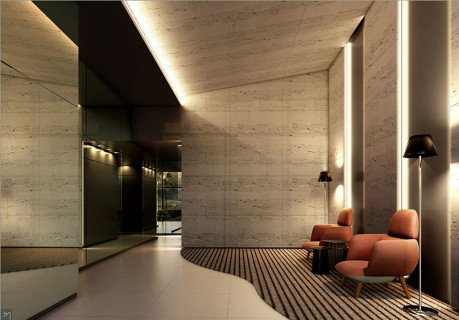
Ambient lighting tips
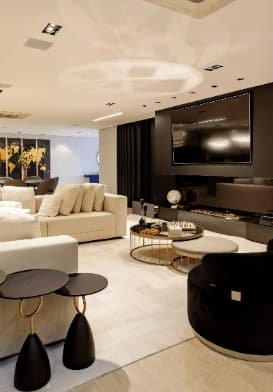
3D projects: transform spaces with luxury and innovation


